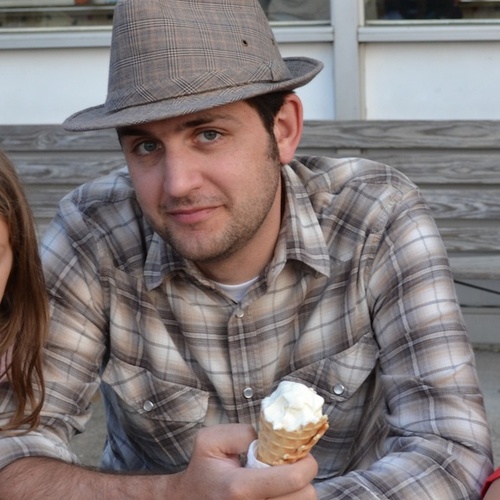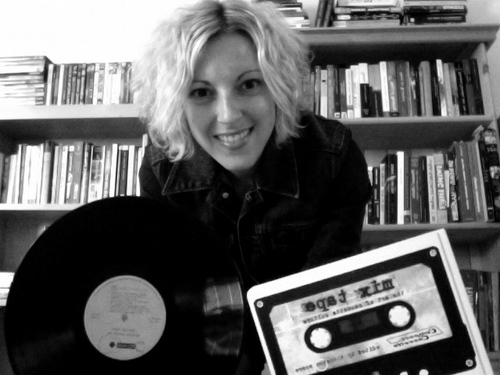Call for Submissions: Sonic Rhetorics
For this special issue of Harlot, we would like you to consider the intersection of sound and rhetoric: How does sound—natural or artificial, made or heard, deliberate or unconscious—figure into everyday persuasion? In turn, how might a rhetorical perspective help us think through everyday interactions with sound?
This collection is an opportunity to explore, experiment with, transform, and explode what we mean by "sonic rhetorics." For instance, you might:
- compose a podcast about composing a podcast
- interview your favorite musicians as they compose a new song
- explore how sound affects architectural or larger environmental spaces
- consider augmented or layered sonic experiences—headphones at the museum or football game, or the director’s audio commentary on your favorite film
- review a book, sound art installation, musical recording, or live performance
- investigate the relationship between sound and the body in medical, dance, or urban settings
- examine the role sound plays in violent acts and articulations of power: aural torture, Juggalos, neo-nazi hate music, etc.
- sing about music and rhythmic sound as propaganda
- expound upon the use of sound and silence in cinema, or sonic literacies in the classroom, the workplace, or places of worship
- muse on the sounds of science, or the science of sound
You get the idea. We’re sounding a call; the response is up to you.
We especially welcome submissions that amplify voices and sounds that are too often stifled or silenced in sonic work; perspectives from and about women, the LGBTQ community, deaf and/or Deaf culture (and disability studies more broadly), and multiracial and/or multicultural communities are encouraged.
And we encourage you to play with sound, as well. Take advantage of the vast possibilities for sound on the web: mashups, original musical compositions, radio dramas, found sound pastiches—anything that you can dream up. In other words, this issue is not meant to be merely read, but played: listened to, interacted with, and blasted. So, send your sound waves our way!
Submissions are due by January 15th. Questions? Contact us: editors@harlotofthearts.org.
[Some free resources that might be useful to you as you attempt to craft your sonic masterpieces include: SoundCloud, Audacity, audioboo, freesound.org, Creative Commons.]
Jon Stone and Steph Ceraso are thrilled to be guest editing this special issue of Harlot on sound and rhetoric. Stone is a Ph.D. candidate at the University of Illinois Urbana-Champaign specializing in rhetoric and cultural historiography. He’s working on a dissertation about the rhetorics of America’s first folk renaissance: 30s-era vernacular performance, oral/aural history, and the politics of sonic “authenticity.” He plays clawhammer banjo every other Thursday night at the Urbana community center. Ceraso is a Ph.D. candidate at the University of Pittsburgh specializing in rhetoric and composition. She’s writing a dissertation that attempts to revise and expand conventional notions of listening, which tend to emphasize the ears while ignoring the rest of the body. She is most interested in understanding how more fully embodied modes of listening might deepen our knowledge of multimodal engagement and production. She haunts record stores in Pittsburgh and Washington, DC and unabashedly celebrates the sounds of the 90s.

